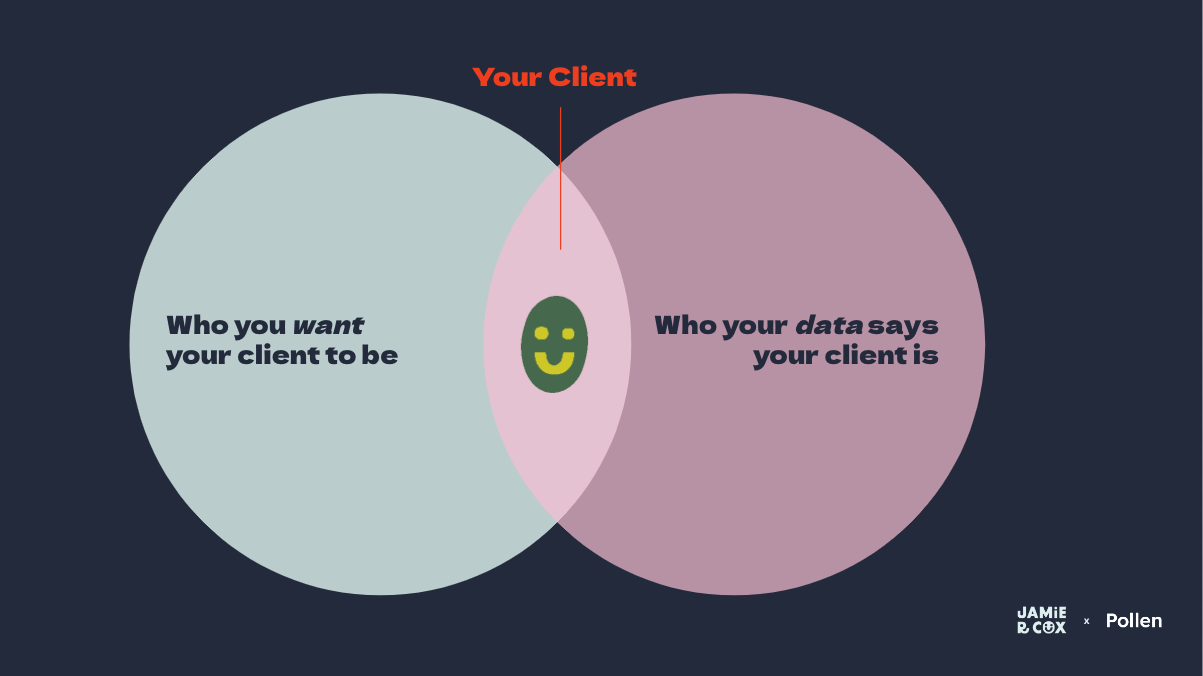Onboard your Virtual Assistant
So you’ve hired a virtual assistant (VA). And with all the chaos that comes with solo entrepreneurship, it’s tempting to throw them into the blazing dumpster fire straight away to get things in order. But without taking ample time to onboard and train your VA upfront, you could be setting yourself up for miscommunication, misunderstandings, and failed collaboration efforts that will ultimately impact your business’ performance.
Thoroughly onboarding your VA is crucial for a successful collab. By providing clear instructions, training documents, and regular feedback sessions, you empower your VA to work efficiently and effectively within your workflows, which ultimately enhances your productivity and your ability to achieve business goals.
Prior to meeting with your VA, it’s important that you write down your most important goals, the biggest pain points to achieving those goals, and why solving those pain points is important to your business. When your VA understands the overarching goal that you’re trying to accomplish, they can understand the why behind the microsteps they’re tasked with and, in many instances, use that knowledge to look for more efficient ways to solve those pain points.
Once you’ve communicated these critical goals and tasks, the key to a successful ramp up is starting low and slow. Task them with one particular task that you want taken off your plate immediately. Once they have that down, start introducing more and more tasks.
Expect 3 months of proper onboarding and relationship building before you notice a natural groove in your working relationship.
Communication is the key to any relationship. The one with your VA is no different. As you learn each other's communication styles, you’ll want to establish effective communication channels. Whether it be voice memos, looms, or slacks, establish a communication system that works for both of you.
Agree on which types of communication should be handled by which tool, then document it. For example, training materials may be sent via loom or voice memos, daily updates and quick questions are handled on Slack, and big project updates get added to your project tracker so that they can be discussed at the next weekly meeting.
Live or Zoom weekly check-in meetings and intentional feedback sessions are non-negotiable when it comes to ensuring an effective and successful working relationship. Don’t rely solely on digital tools for productivity, communication, and trust-building – verbal communication is just as important. VAs thrive when they receive feedback identifying what’s working and what can be improved upon.
I recommend using LastPass or Onepassword to share passwords securely.

Common places to start integrating your VA into existing workflows are:
- Calendar Management
- Email Management
- Social Media
Calendar ManagementCalendar management encompasses organizing, scheduling, and prioritizing events, appointments, meetings, and deadlines on your calendar. When a VA knows that you don’t want to work after 11a on Fridays, or that networking events are a no on Monday evenings, or that you want to prioritize taking your kids to their basketball practice on Wednesdays, they can protect your time and boundaries more effectively than even you can.
Email ManagementThe onboarding phase is also known as the discovery and goal setting phase regarding email management. Your VA will seek to understand your email workflow, including any areas of priority or stress. They can help you document & identify inbox goals and guidelines on how emails should be handled before transitioning into clean-up or organization mode and implementing maintenance systems.
Refer to the “Rocking Email Management” document.
Social MediaIf you have a social media strategy in place, tasking your VA with consistent social posts to keep you in the algorithm can also be an impactful onboarding task.

Prior to meeting with your VA, it’s important that you write down your most important goals, the biggest pain points to achieving those goals, and why solving those pain points is important to your business. When your VA understands the overarching goal that you’re trying to accomplish, they can understand the why behind the microsteps they’re tasked with and, in many instances, use that knowledge to look for more efficient ways to solve those pain points.
Once you’ve communicated these critical goals and tasks, the key to a successful ramp up is starting low and slow. Task them with one particular task that you want taken off your plate immediately. Once they have that down, start introducing more and more tasks.
Expect 3 months of proper onboarding and relationship building before you notice a natural groove in your working relationship.
independent consulting business to the next level.





